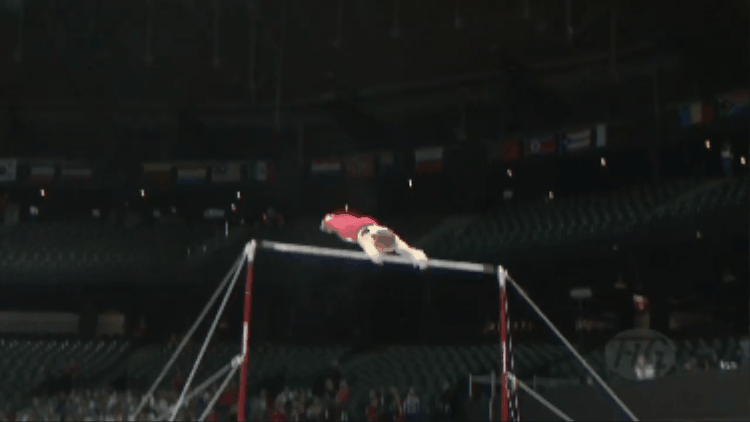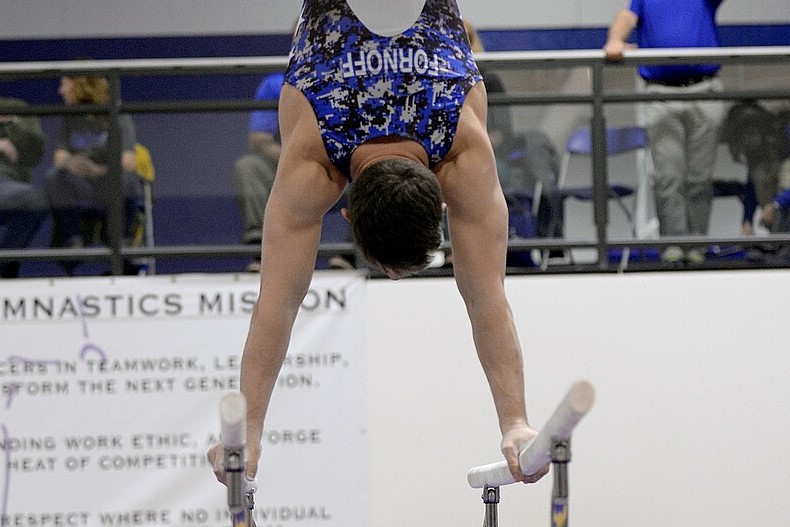Summary TLDR
In Men’s Artistic Gymnastics, each apparatus has four unique element groups that organize skills by movement patterns. These groups are crucial for scoring, with gymnasts earning 0.5 points for fulfilling a group using a D-value or higher skill. Each event—Floor, Pommel Horse, Still Rings, Parallel Bars, High Bar, and Vault—has specific element groups that challenge gymnasts to demonstrate diverse skills.
What are Element Groups in Men’s Gymnastics?
Continuing our discussion of how men’s gymnastics is scored, Men’s Artistic Gymnastics organizes skills of similar movement patterns on an event into element groups. As defined in the FIG Code of Points, each event has four element groups and the inclusion of a skill from each category awards difficulty to the performance.
Generally, an apparatus has three element groups and a dismount group. However, Floor and Vault are special cases. Floor has four distinct element groups and no distinct dismount group. On the other hand, the element groups on vault don’t have any bearing on difficulty.
Fulfilling an element group awards 0.5 to a gymnast’s Difficulty Score. To fulfill an element group, a gymnast needs a D value element or higher from within the group. However, a gymnast can receive partial fulfillment of 0.3 with an A, B, or C in an element group.
Dismount groups, however, give value slightly differently. The value awarded for the element group is equal to the value of the skill. For example, an E dismount awards 0.5 for the difficulty of the skill and then adds a matching 0.5 for the dismount element group.
Let’s take a deeper look into the element groups of the sport.
Floor
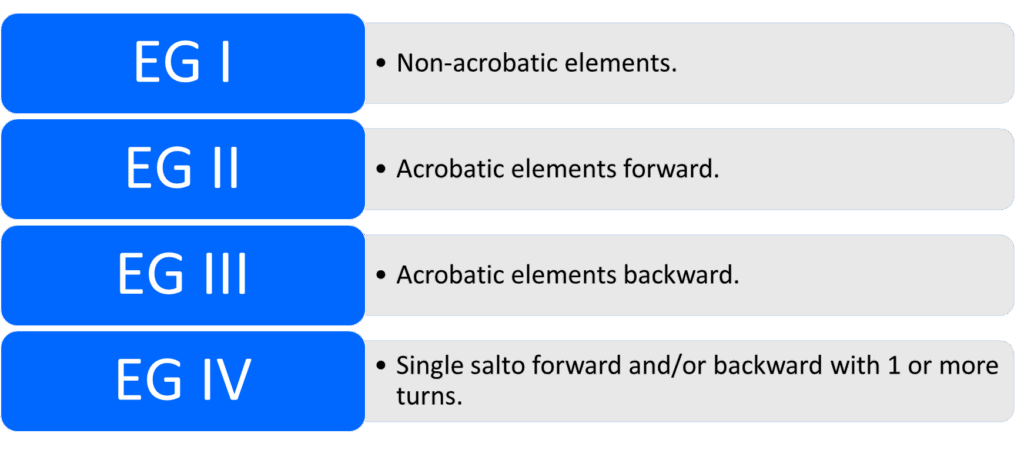
EG I: Non-Acrobatic
This group involves skills that do not have any tumbling. This includes strength elements like V-Sits and Presses, as well as Flairs and Russians.
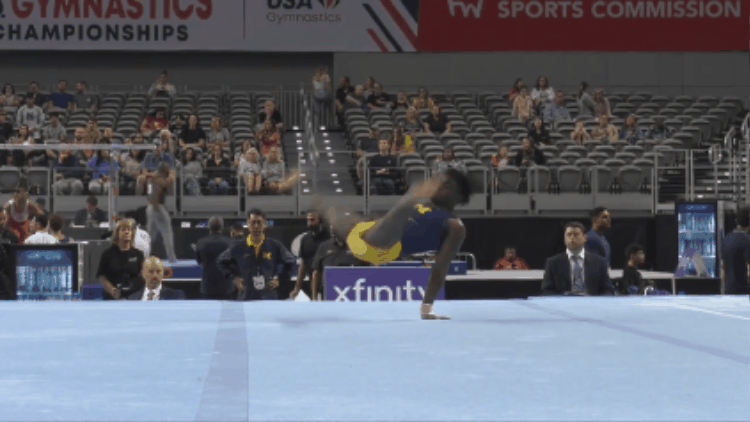
EG II: Acrobatics Forward
In general, front tumbling skills fall into this group. However, this category excludes front tumbling involving a single flip with one or more twists. So this means a front layout or double front tuck fall into EG II, but a front full does not.
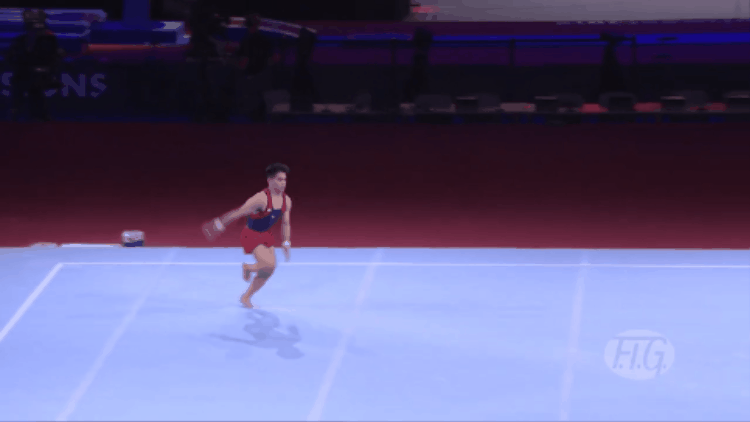
EG III: Acrobatics Backward
Similar to EGII, backward tumbling falls into this group, with the exception of single flips with one or more twists. Again, a back layout, double back, or full twisting double back would fall into this group, but a back full would not. Arabians also fit into this category.
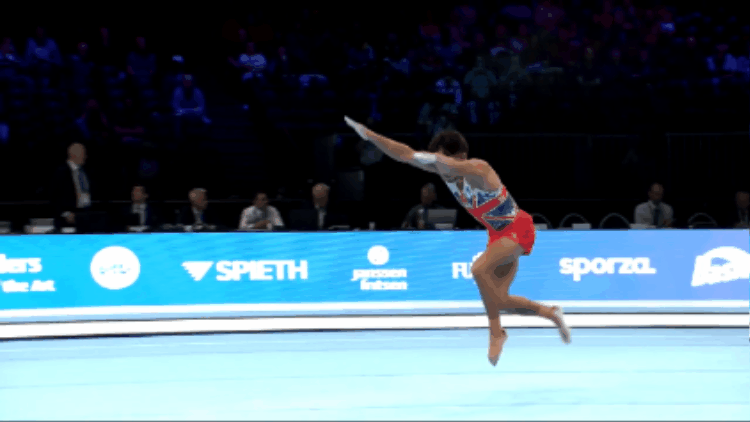
EG IV: Single Salto with One or More Turns
This group involves one flip with twisting. Skills can be forward or backward, but if they twist more than once and only have one flip they fit into this category. A double full forward or backward would fit in EG IV.

Where’s the dismount group? Although there is no dismount element group on floor, the code of points defines constraints for what the final skill on floor must be. The dismount on floor may not be from EG I, so it cannot be a non-acro skill. In addition, for senior level athletes, so for college and elites, the dismount must be double flipping as well.
Pommel Horse
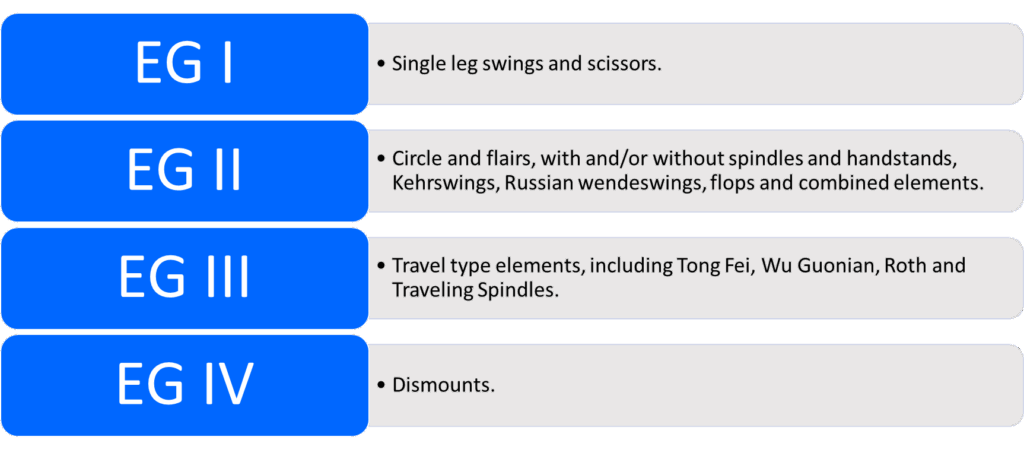
EG I: Single Leg Swings and Scissors
This group involves all of the split leg swinging elements on horse. Although flairs also involve split legs, they do not fall into this group. High value skills in this group include the Mikulak and Scissor to Handstand.
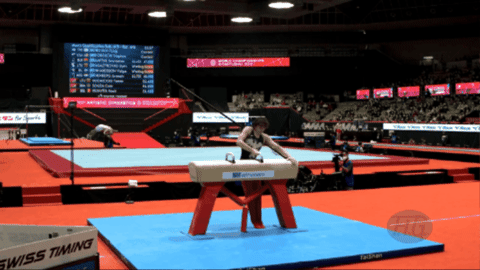
For more info about single leg swings and scissors, check out our article about how to master scissors.
EG II: Circle and Flairs
Group II includes all circle style skills done without travel. This includes flaired elements. These skills will involve circles performed with Russians, spindles, or kehrs like stockli and moore. Popular single arm circles like the Sohn and Bezugo also fall in EG II.
Also, flop sequences, or combinations of circles on a single pommel, fit in this category.
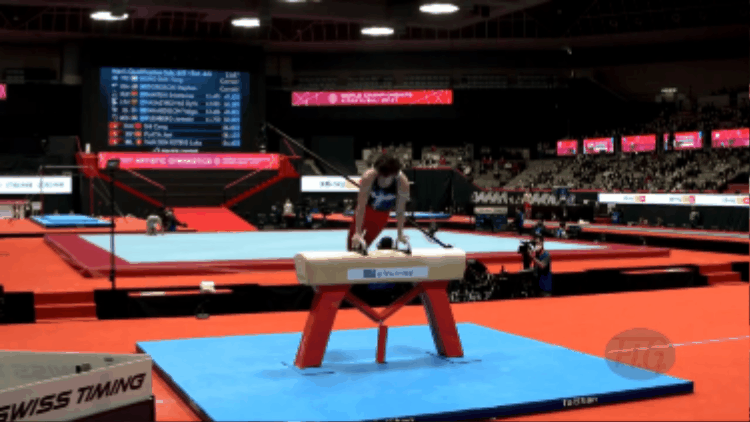
EG III: Travel type elements
All traveling skills fall into this category. Essentially, any variation of EGII that also travels across the horse will fall into EG III. The Magyar and Sivado are classic examples of traveling elements, but travels can also include Russians, spindles, or Kehrs.
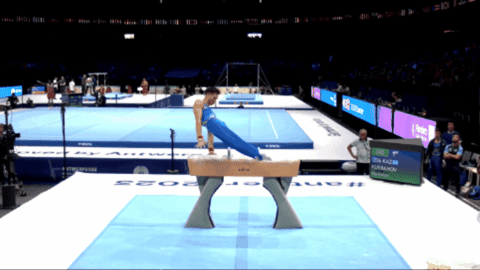
EG IV: Dismount
The two dismount variations on pommel horse are circle or flair to handstand or Russian wendeswing dismounts. Previously, the code included acrobatic dismounts such as a back somersault from circles, but these skills are no longer allowed.
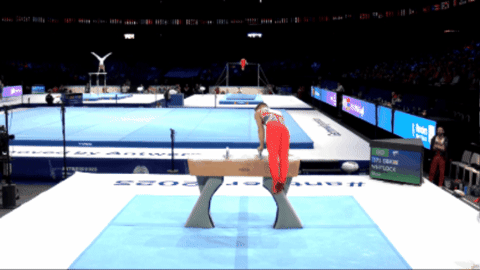
Still Rings
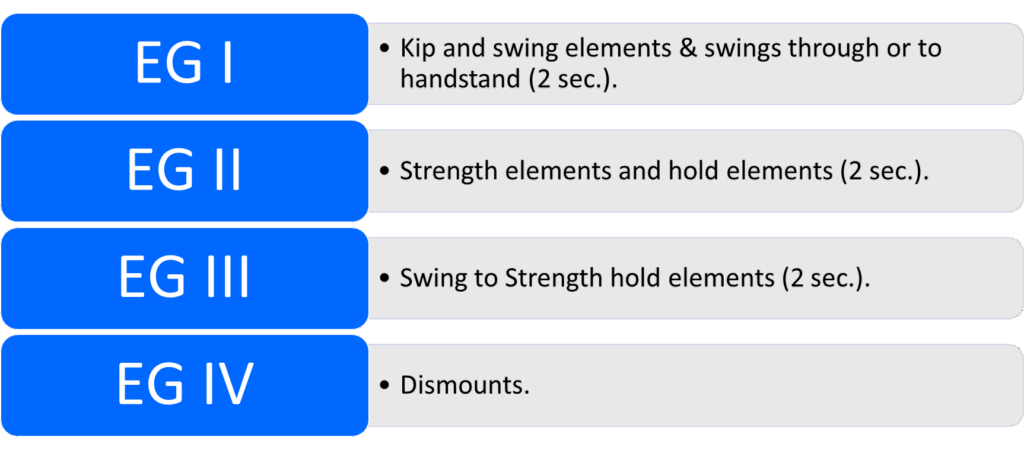
EG I: Swinging Elements
Skills involving swinging from a hang on the rings. These include giant swings to and from handstand, as well as “honma” style elements which look like a double front somersault while holding on the rings.
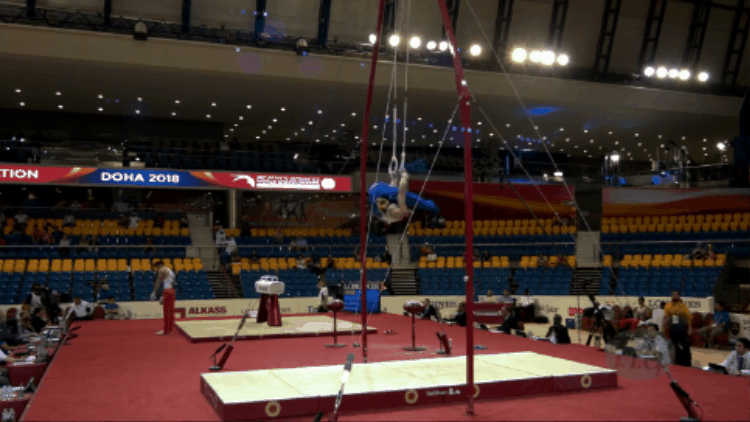
EG II: Strength Elements
This element group contains the iconic rings strength skills such as the iron cross and maltese. Epitomizing the “Still Rings”, these skills involve holding as still as possible in a position for greater than two seconds.
Within this group, the code defines subcategories such as the family of crosses or family of planches. The final position a skill ends up in determines the family of the skill. So, a cross pullout to L-sit would be in the L-sit family. Only one skill from each family can be performed in this element group. For example, both a lower into an iron cross and azarian to cross cannot be performed in the same routine. However, an azarian to cross and subsequent cross pullout would be allowed.
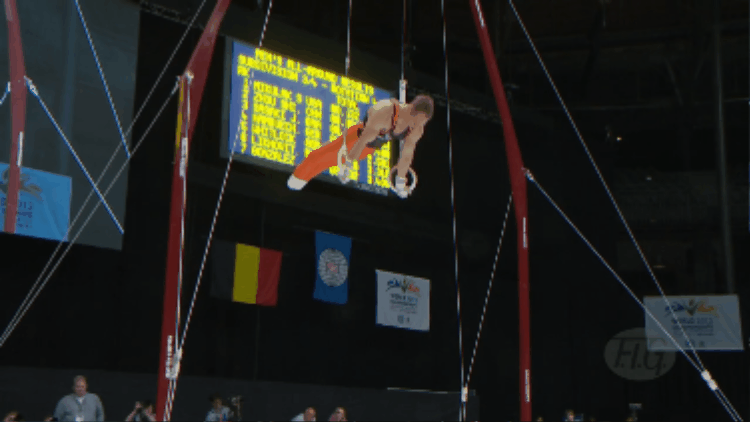
EG III: Swing to Strength
Essentially, EG III involves a skill from EG I directly stopping in a skill from EG II. The special repetition rule affecting final positions of strength skills also applies here, so only one final position of any family may be performed in this group. Again, this means that a kip to cross and back uprise cross may not be performed in the same routine, but a kip to cross and kip to V-sit may.
Combining the restrictions from EG II and EG III, the code effectively allows a gymnast to perform two final strength positions from the same family, one in EG II and one in EG III. So a routine may have a back uprise maltese (EG II) and azarian maltese (EG I), but would not then also have a back kip to maltese (EG III) or maltese (EG II) alone. The other strength elements in the routine would need to contain other families of skills.
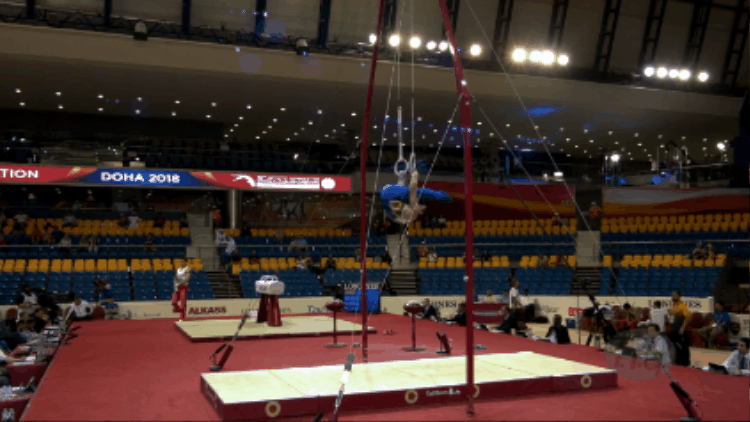
EG IV: Dismount
Dismounts on rings are performed out of swings and can be either forward or backward dismounts. By far, gymnasts most commonly compete back dismounts. Difficult versions of ring dismounts include the double twisting double back and triple back.
Vault
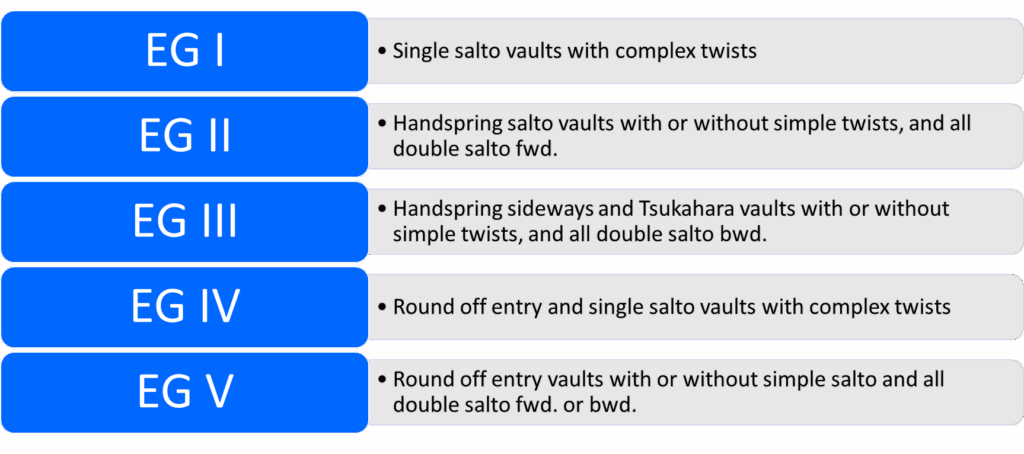
As a reminder, vault is a unique event in that only one element group can ever be fulfilled. However, fulfilling an element group on vault does not provide difficulty value to the routine because each vault already has a given difficulty score. Also, vault has five separate element groups, unlike the normal four.
Judges use the categories when evaluating competitions like the Olympic vault finals, where two vaults are required. When competing two vaults, each vault must be from a separate element group.
To be honest, the element groups on vault are fairly confusing and aren’t that important. Generally, for most athletes and viewers, we can distinguish vaults by the type of entry: cartwheel, round off (yurchenko), or front handspring.
EG I: Single flipping vaults with complex twists
All of these vaults include cartwheel entry, such as Tsuk and Kaz, as well as front handspring entry vaults which only have one flip but multiple twists.
EG II: Handspring entry vaults with or without simple twists, and double flipping.
Front handspring style vaults that either flip once but with a half turn or less, or flip twice.
This includes the Roche, a front handspring double front vault, and Dragelescu, a Roche with a half twist.
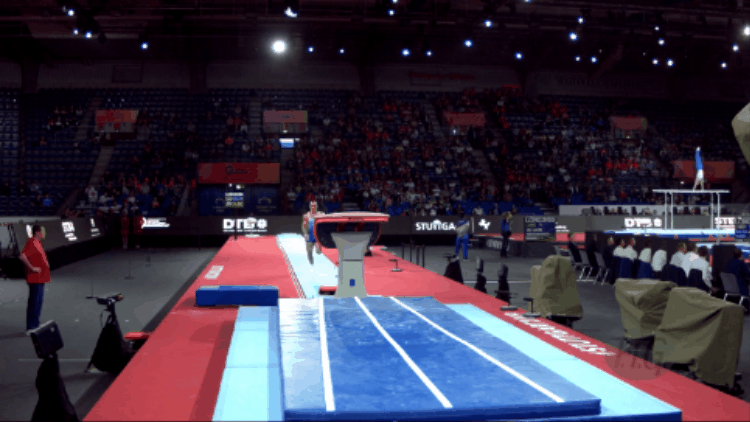
EG III: Tsuk entry vaults with or without simple twists, and double flipping.
Just like EG II, but with cartwheel entry. This includes vaults like the Ri Se Gwang, a double flipping Tsuk with a full twist.
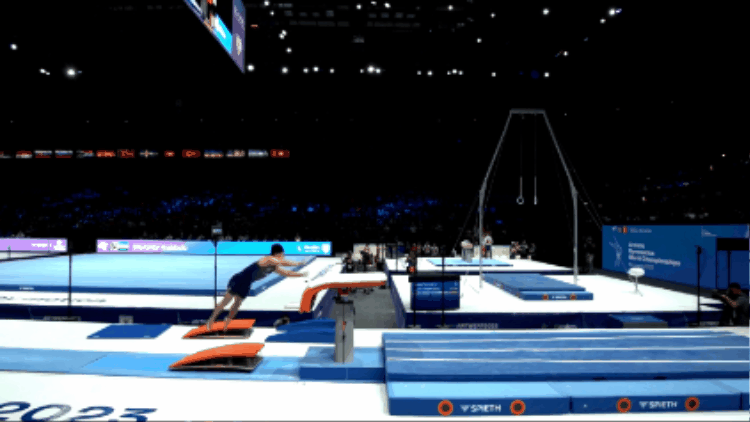
EG IV: Round off entry and single salto vaults with complex twists.
These skills are Yurchenko style elements performed with a single flip but multiple twists. A Yurchenko style vault consists of a round off is performed onto the springboard and then either a back handspring or arabian is performed onto the vault table.
This category only includes Yurchenko vaults that flip once but twist multiple times.

EG IV
Added to COP in 2016
EG V: Round off entry vaults with or without simple twists, and all double salto fwd. or bwd.
Although EG V also includes yurchenko vaults, only those with two flips or single flips WITH less than a full twist fit into this category.
To be honest, the element groups on vault are fairly confusing and aren’t that important. Generally, for most athletes and viewers, we can distinguish vaults by the type of entry: cartwheel, round off (yurchenko), or front handspring.
Parallel Bars
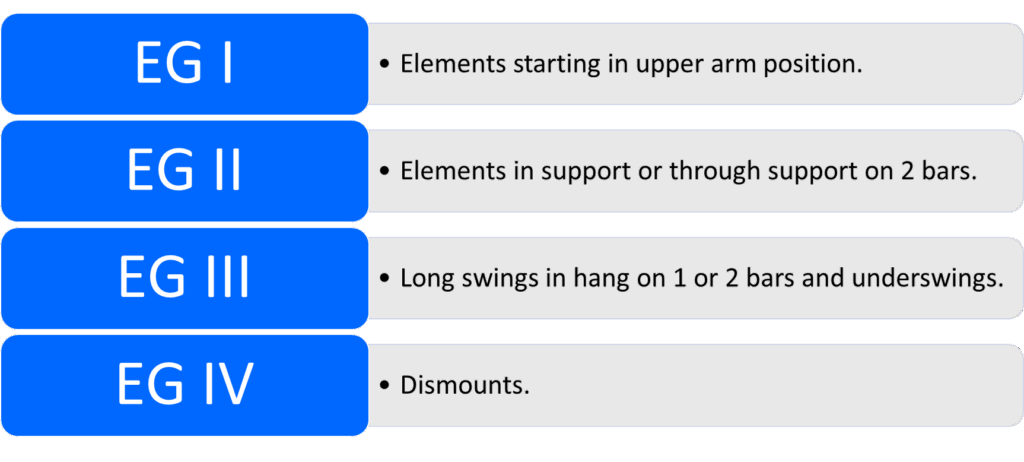
EG I: Upper Arm
These skills involve supporting the body with the upper arms and hands on top of the bars. Front uprises and back uprises make up the majority of these skills.
In upper arm support, the arms are bent at approximately 90 degrees, with the hands gripping the bars and the biceps resting on top of the rails. The basic skills associated with upper arm support include the front uprise and back uprise.
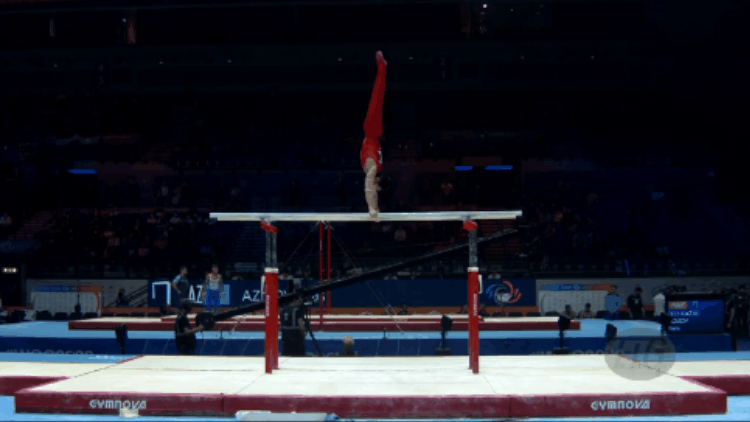
EG II: Support
These are skills where the gymnasts supports his body on his hands with straight arms above the bar. The handstand is crucial for most skills within this element group.
Gymnasts typically execute various support skills during a routine.
A pirouette, which involves a handstand with a half-turn, is often performed to change direction or achieve a better position on the bar. In addition, the pirouette is a fundamental building block for some advanced support skills.
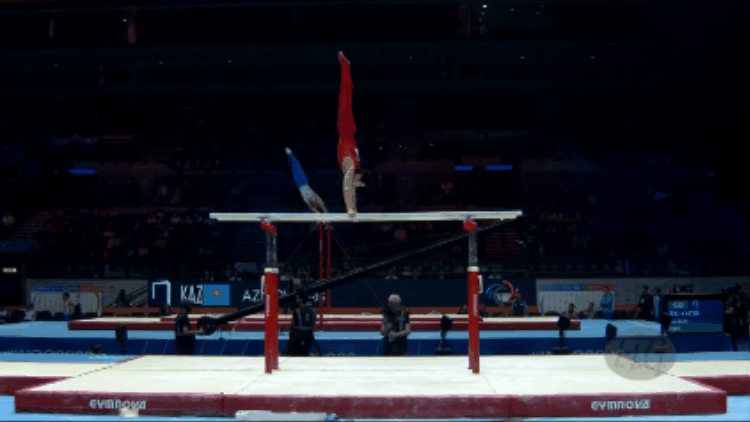
EG III: Underbar
EG III contains all skills that hang below the Parallel Bars. Varieties include basket style elements like peaches or drop casts and long hang swings such as giants or moys.
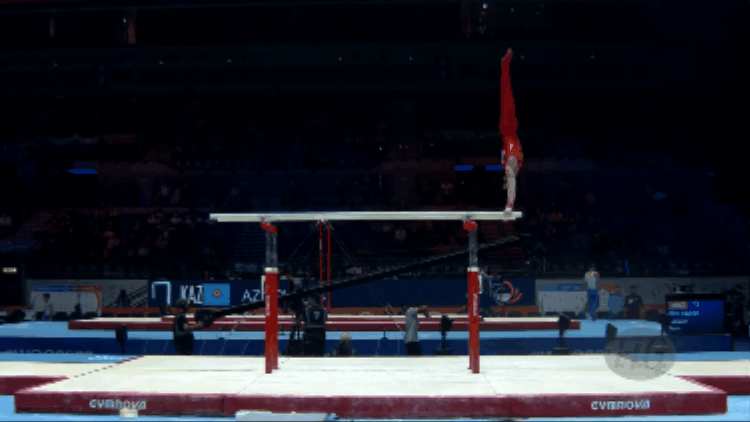
EG IV: Dismount
Most dismounts from P-Bars are from support, although some can be performed from long hang. Popular dismounts include the double front and double back pike.
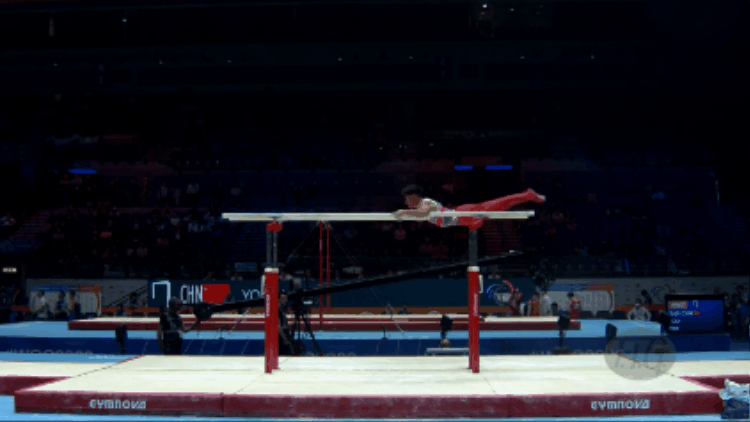
High Bar
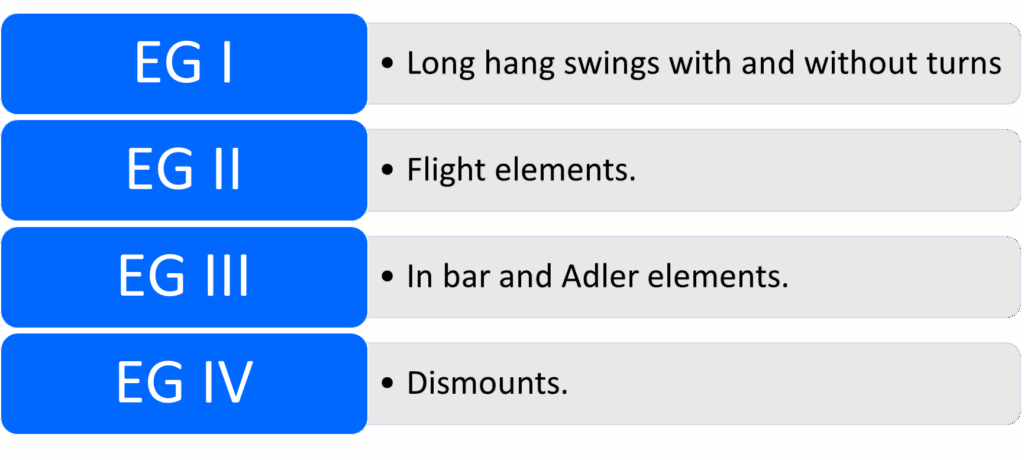
EG I: Long Hang and Turns
Long hang skills are variations of giant swings on high bar. Forward, backward, el-grip, as well as other giant variations all make up this group. In addition, any turns from giants fit into EG I. Fitting with the name of the group, the gymnast should hang as long as possible on these skills, so extension is a key principle of this category.
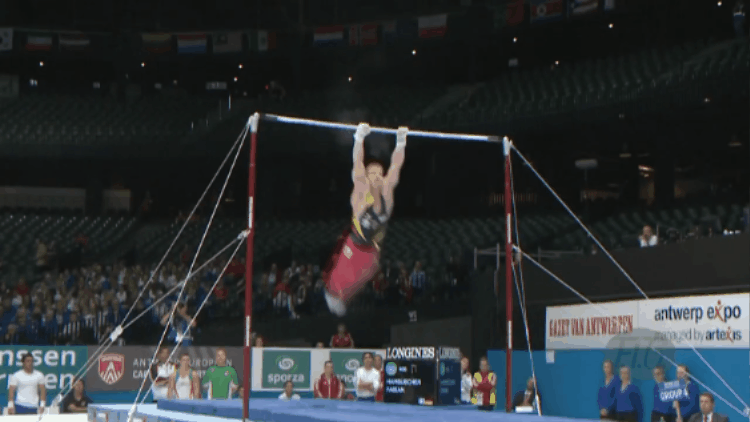
EG II: Release
Named “Flight elements” in the code of points, this group epitomizes the thrilling nature of high bar. Involving a release and regrasp, skills in this element group typically are extremely impressive, and also provide the high difficulty values. High value release elements usually involve acrobatics in the flight phase while judges evaluate how high a gymnast flies above the bar as an aspect of execution.
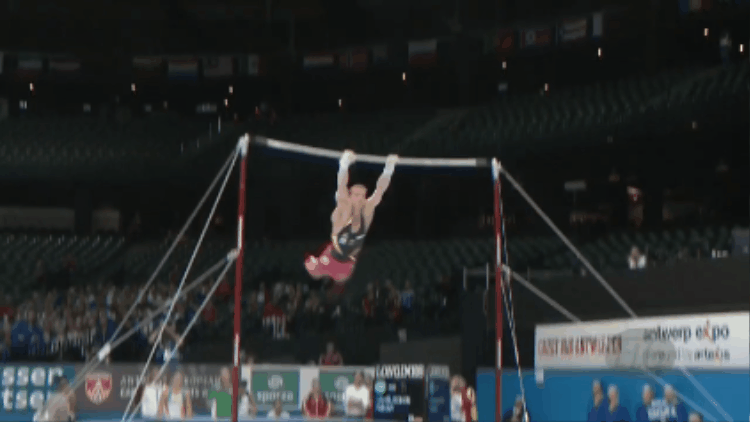
EG III: In-Bar
In contrast to long hang skills, this category involves a gymnast bringing their body closer to the bar. These skills shorten the radius of the bodies rotation around the bar and involve some sort of compression in either a pike, straddle, or stretched body position.
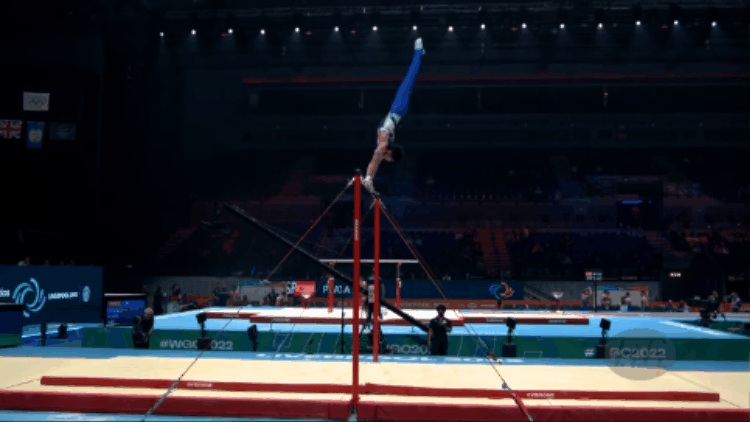
EG IV: Dismount
Performed out of giants, gymnasts complete their routines with some sort of acrobatic finish. Most common is a release in front of the bar into a backward dismount. Gymnasts usually perform a wind up “chinese” tap from back giants. Other less common dismount variations include dismounts over the bar from both front and back giants, as well as forward dismounts behind the bar from front giants. Almost never performed is the hecht style dismount, where the gymnasts counterrotates to stand up over the bar from front giants.
